President Donald Trump announced Monday that he was pausing his planned 25 percent tariffs on Canadian imports after reaching an agreement with Prime Minister Justin Trudeau hours before the policy was set to take effect.
In a message posted to Truth Social that evening, Trump laid out the terms of his deal with Trudeau.
Canada has agreed to ensure we have a secure Northern Border, and to finally end the deadly scourge of drugs like Fentanyl that have been pouring into our Country, killing hundreds of thousands of Americans, while destroying their families and communities all across our Country.
Canada will implement their $1.3 Billion Border plan, and as per Prime Minister Trudeau, will be, “reinforcing the Border with new choppers, technology and personnel, enhanced coordination with our American partners, and increased resources to stop the flow of fentanyl. Nearly 10,000 frontline personnel are, and will be, working on protecting the Border. In addition, Canada is making new commitments to appoint a Fentanyl Czar, we will list cartels as terrorists, ensure 24/7 eyes on the Border, launch a Canada-U.S. Joint Strike Force to combat organized crime, fentanyl and money laundering. I have also signed a new intelligence directive on organized crime and fentanyl, and we will be backing it with $200 million.”
Trump had cited what he described as the Canadian government’s failure to “effectively stem the tide of illicit drugs” across its border with the U.S. in his executive order implementing trade restrictions, and said Trudeau’s “border plan” prompted him to issue a new order pausing the tariffs for one month.
But some online were quick to note that Canada had already announced the implementation of a $1.3 billion border enforcement plan before Trump enacted the tariffs or even returned to office. “FACT CHECK: Canada has already announced this plan BEFORE Trump announced his tariffs,” Nashville NewsChannel 5 chief investigative reporter Phil Williams tweeted, including a screenshot of Trump’s post. Similarly, Independent Institute senior fellow and historian Phil Magness tweeted, “So Trump’s big negotiating ‘win’ … is to get Canada to do what it already announced it was doing back in December.”
These claims are mostly true. The Canadian government in December announced the implementation of a new $1.3 billion border plan aimed at “detecting and disrupting the fentanyl trade.” The terms of the deal Trudeau and Trump discussed were not entirely recycled from already announced agendas, however—Trudeau’s commitment to appoint a “fentanyl czar” and label cartels as terrorist entities were not included in the December border plan.
As for the other provisions, nearly all of them—the new helicopters, advanced technological capabilities, increased number of border enforcement agents, a U.S.-Canadian Joint Strike Force, funding for Canadian government agencies handling border enforcement, and a laundry list of measures targeting fentanyl smuggling and money laundering—had been announced under Canada’s December border plan.
New equipment, border personnel, and advanced technological resources.
Public Safety Canada, a Canadian government agency, released an overview of the border plan on December 18 and, less than a month later, announced new “investments in border surveillance equipment and capacity (drones, towers, Black Hawk helicopters, K-9 teams), including military support for intelligence analysis and logistics.” Bryan Larkin, deputy commissioner of the Royal Canadian Mounted Police (RCMP), confirmed in mid-January that the force had already received two new Black Hawk helicopters and is expecting a delivery of 60 new drones for border patrol use. The new helicopters and drones will assist “live operational response and monitoring of border events and patterns,” Public Safety Canada stated in December. “This will be complimented by mobile surveillance towers, supporting artificial intelligence (AI) tools and counter-drone technology intended to provide more comprehensive surveillance between ports of entry.” To counter fentanyl smuggling specifically, Canada’s border plan also upgraded its detection tools, adding “X-ray devices, radiation portal monitors, chemical analyzers, [and] postal detector dog teams.”
Trudeau said Monday, “Nearly 10,000 frontline personnel are, and will be, working on protecting the Border.” Public Safety Canada repeated the “nearly 10,000” figure in its press release. However, it’s not quite clear how far shy of 10,000 Canada’s border security workforce is. On December 9, the Canada Border Services Agency said it had about 8,500 border security personnel, some of whom were new hires. “By the end of 2024,” the agency said in a news release, “we will have welcomed over 500 new officer trainees and 18 new detector dog teams who join the ranks of our dedicated employees helping keep our border safe.”
Enhanced cooperation with the U.S.
Trudeau on Monday called for “enhanced cooperation with our American partners.” But a Canada-U.S. Joint Strike Force that would create greater intelligence sharing and more collaborative projects tackling border enforcement and fentanyl trafficking was also previously proposed. Public Safety Canada said in December it would propose the force to the U.S. “to target transnational organized crime, including operational surges, dedicated synthetic drug units, expanded Combined Forces Special Enforcement Units, Binational Integrated Border Enforcement Teams, and new technical operations capacity and infrastructure.” That same day, two Canadian Cabinet officials, then-Public Safety Minister Dominic LeBlanc and Foreign Affairs Minister Mélanie Joly, reportedly informed Trump’s appointed border czar Tom Homan of the proposed joint force. Canada shared more details of the force’s purpose the next month in January, still prior to Trump’s second inauguration, stating on a government webpage that it was “establishing” the force “with plans to develop joint intelligence mapping with U.S. by February 2025, establish shared targets, and collaborate on specific operations.”
Cooperation between the two countries on border security does not appear to end with the joint strike force. In Canada’s December border announcement, it announced “enhanced vetting” with the U.S. to “screen for high-risk individuals” seeking to enter Canadian territory, including “improving disclosure” of sex offender records with the U.S.
In January, the Canadian government specified it would work with the U.S. Drug Enforcement Administration in training and intelligence sharing, and that Canada would create “new drug enforcement hubs modelled after the U.S.”
Moreover, some of those collaborative projects were already “underway” by January 15, per Canada’s government website, “through Integrated Border Enforcement Teams, joint management tables, U.S. Border Enforcement Security Task Force, and joint threat assessments / operations.” It added that Canada made further investments to broaden the two countries’ “joint intelligence capacity,” which it says will help them catch cartels smuggling illegal drugs and firearms across the border.
New $200 million intelligence directive on organized crime and fentanyl.
The Canadian government announced Tuesday that Trudeau had signed a new intelligence directive to track organized crime and fentanyl, “supported by Canada’s investment of $200 million in new capacity.” However, the spending appears to have been previously allocated in the $1.3 billion border plan. Per the same news release, the $200 million will be directed to two Canadian government agencies, Public Safety Canada and the Communication Security Establishment. Those two agencies were already scheduled to receive a total of $200 million from the December border plan, with payments to the agencies spread out across five and six years, respectively. Public Safety Canada announced in December that the $1.3 billion “includes … $180M over 6 years for the Communications Security Establishment … and $20M over five years for Public Safety Canada.”
Additional fentanyl and money laundering enforcement measures.
That’s not all that Canada included in its $1.3 billion December border plan and that Trudeau reiterated on Monday. The Canadian government also committed in December to “adding new and expanded detection capacity”—such as the X-rays and K-9 police units previously mentioned—with a two-fold aim of 1) making it easier to detect illegal drugs, firearms, and firearms parts and 2) decreasing the time it takes at border checkpoints to inspect cargo containers. And it announced the creation of a “Canadian Drug Profiling Centre” capable of investigating 2,000 cases per year, stricter regulations on “precursor chemicals” that could be used as ingredients to produce illicit drugs, establishing a “Chemical Precursor Risk Management Unit” to better monitor those precursor chemicals and other “emerging illegal drug trends,” and expanded intelligence capabilities for the RCMP and the Communications Security Establishment.
The border plan also included the creation of “regional hubs to coordinate national, regional, and local law enforcement activities against organized crime and illegal drugs” and provisions for clamping down on cartels, drug traffickers, and money launderers.
What provisions are new?
Monday’s deal was not entirely devoid of new provisions. Trudeau said he would establish the position of fentanyl czar, though that official’s position within the Canadian government hierarchy is unclear.
While the U.S. too has never had a fentanyl czar, as mentioned earlier, the Trump White House tapped Homan to serve as the U.S. “border czar” in his second administration. However, there is no such official title in the U.S. government. In November 2024, less than a week after Trump’s Election Day victory, Trump announced on social media that Homan would serve in the executive branch and be “in charge of our Nation’s Borders (‘The Border Czar’).”
However, the Canadian government may establish its fentanyl czar as an official title within the state and who will, per a Public Safety Canada press release on Tuesday, “engage with U.S. counterparts, and enhance operational collaboration and efficiency in combatting fentanyl, in order to enhance law enforcement tools to combat organized crime in Canada.” David McGuinty, the Canadian minister for public safety and a member of Parliament, also spoke of the fentanyl czar position on Tuesday. “The new fentanyl czar is going to be involved in pulling together obviously our law enforcement, obviously our local law enforcement, our attorneys general, our provincial counterparts, Health Canada’s new laboratory systems that are being set up so we can track and trace the source of precursors coming from different parts of the world that are being used to make the fentanyl,” McGuinty said.
Canada also designated “organized crime cartels” as terrorist organizations. The change gives more authority to Canadian law enforcement to investigate illegal cartel activity. According to Public Safety Canada, the terrorist designation will “support criminal investigations and strengthen the RCMP’s ability to prevent and disrupt the activities of the cartels.”
If you have a claim you would like to see us fact check, please send us an email at factcheck@thedispatch.com. If you would like to suggest a correction to this piece or any other Dispatch article, please email corrections@thedispatch.com.
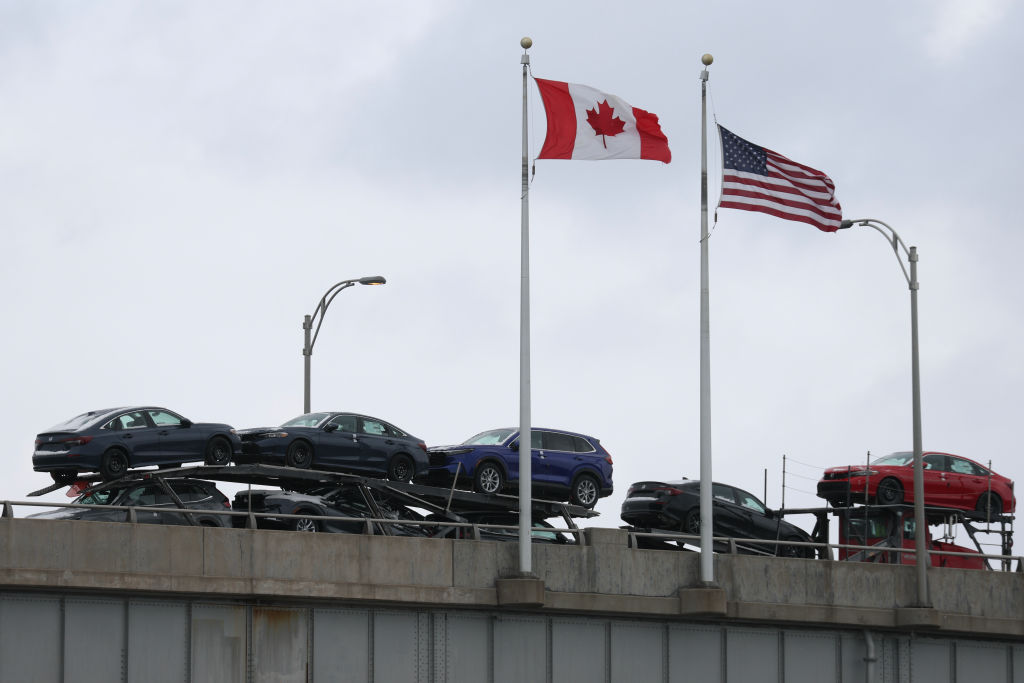

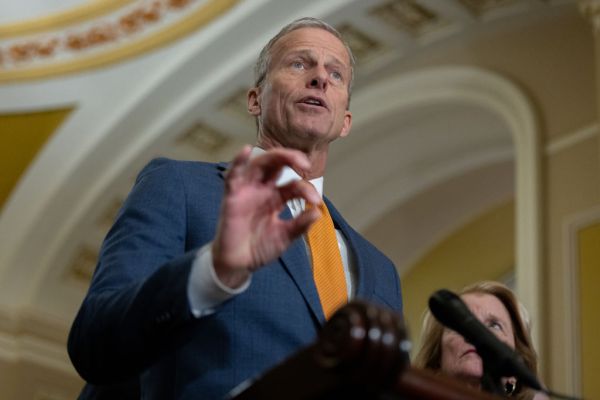
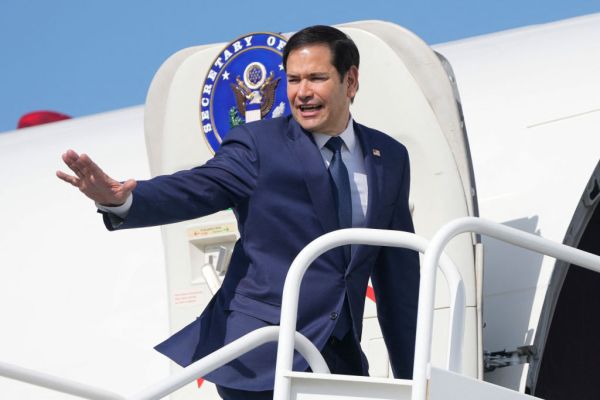
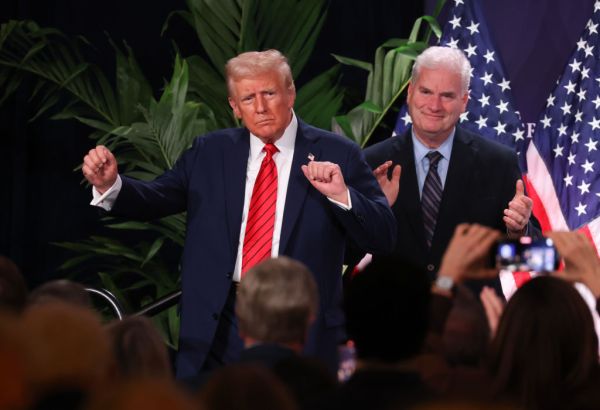
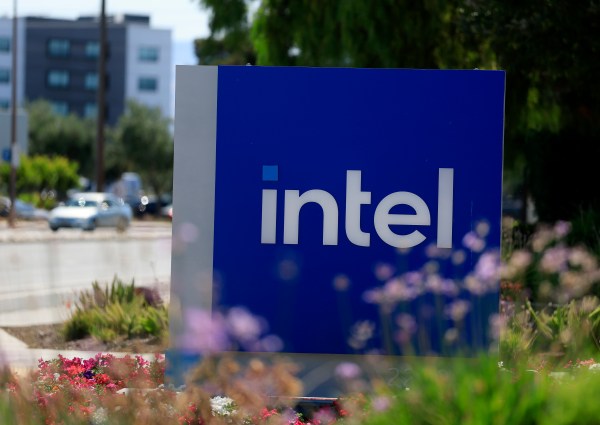
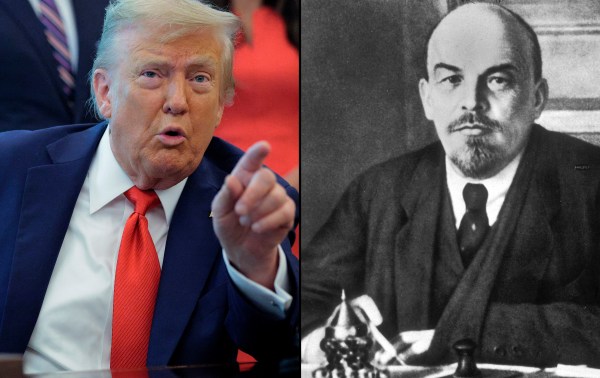
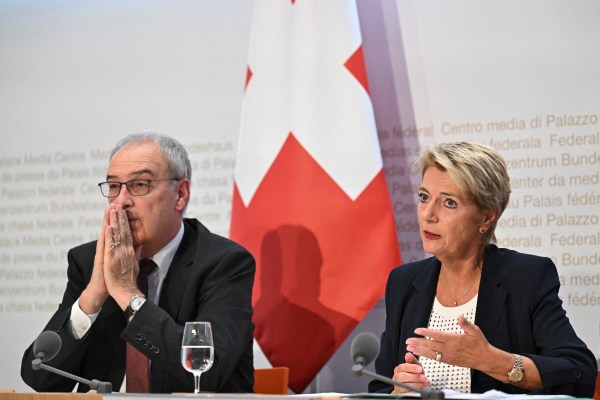
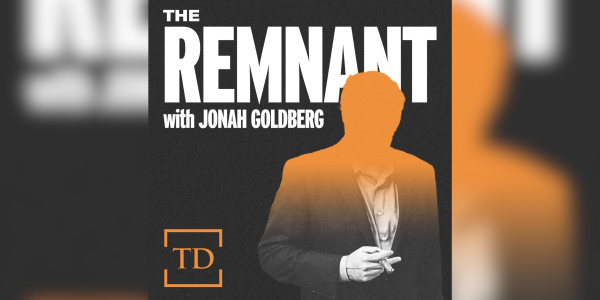

Please note that we at The Dispatch hold ourselves, our work, and our commenters to a higher standard than other places on the internet. We welcome comments that foster genuine debate or discussion—including comments critical of us or our work—but responses that include ad hominem attacks on fellow Dispatch members or are intended to stoke fear and anger may be moderated.
With your membership, you only have the ability to comment on The Morning Dispatch articles. Consider upgrading to join the conversation everywhere.